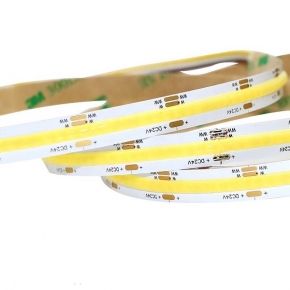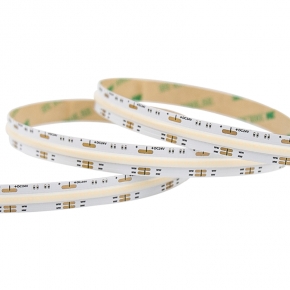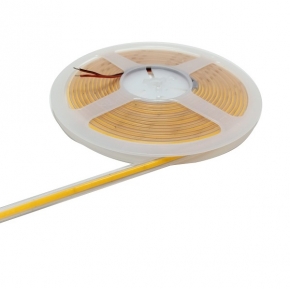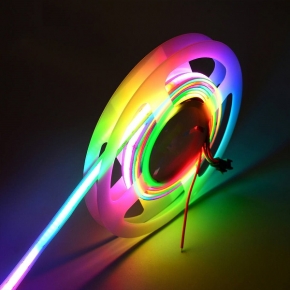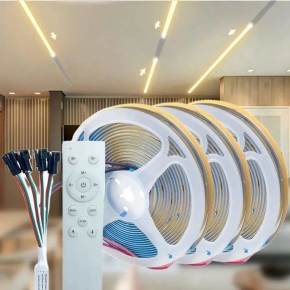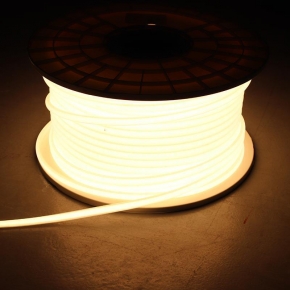Understanding the Difference Between Double-Layer PCB and Single-Layer PCB in LED Strip Lights
Understanding the Difference Between Double-Layer PCB and Single-Layer PCB in LED Strip Lights
Introduction
In the realm of LED lighting, the Printed Circuit Board (PCB) plays a pivotal role in determining the performance, durability, and efficiency of the strip lights. Among the various types of PCBs, double-layer and single-layer PCBs are two common options. This article delves into the key differences between these two types of PCBs, helping you make an informed decision when selecting LED strip lights for your projects.

Double-Layer PCB
Structure and Composition
A double-layer PCB features two layers of conductive material (usually copper) separated by a layer of insulating material. This design allows for more complex circuitry and higher current-carrying capacity.
Advantages
00001. Higher Current-Carrying Capacity: The additional layer of copper can handle larger currents, making it suitable for high-power LED strip lights.
00002. Improved Heat Dissipation: The double-layer design offers better heat dissipation, enhancing the lifespan and reliability of the LEDs.
00003. Increased Stability: The extra layer provides structural stability, reducing the risk of circuit damage due to bending or flexing.
Applications
Double-layer PCBs are ideal for applications requiring high brightness, such as commercial lighting, industrial settings, and outdoor installations.
Single-Layer PCB
Structure and Composition
A single-layer PCB consists of a single layer of conductive material bonded to a non-conductive substrate. This simpler design makes it more cost-effective but limits its functionality compared to double-layer PCBs.
Advantages
00001. Cost-Effective: Single-layer PCBs are typically less expensive to manufacture, making them suitable for budget-conscious projects.
00002. Ease of Manufacturing: The simpler design facilitates faster and easier production processes.
Applications
Single-layer PCBs are commonly used in low-power applications such as residential lighting, decorative lighting, and signage where cost and simplicity are paramount.
Comparison
· Complexity: Double-layer PCBs offer more complex circuitry options, while single-layer PCBs are more straightforward.
· Cost: Single-layer PCBs are generally cheaper due to their simpler structure.
· Performance: Double-layer PCBs provide better heat dissipation and higher current-carrying capacity, resulting in superior performance.
Conclusion
When choosing between double-layer and single-layer PCBs for your LED strip lights, consider your specific requirements in terms of power, heat dissipation, and budget. For high-performance applications, double-layer PCBs are the superior choice. If cost is a primary concern, single-layer PCBs may suffice for lower-power needs.
To place your order for LED strip lights with either double-layer or single-layer PCBs, contact us at sales2@ledwaylighting.com. Our team of experts is ready to assist you in selecting the optimal solution for your lighting project.

